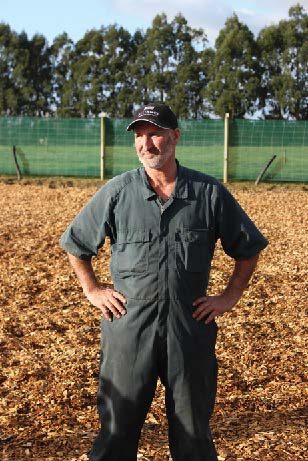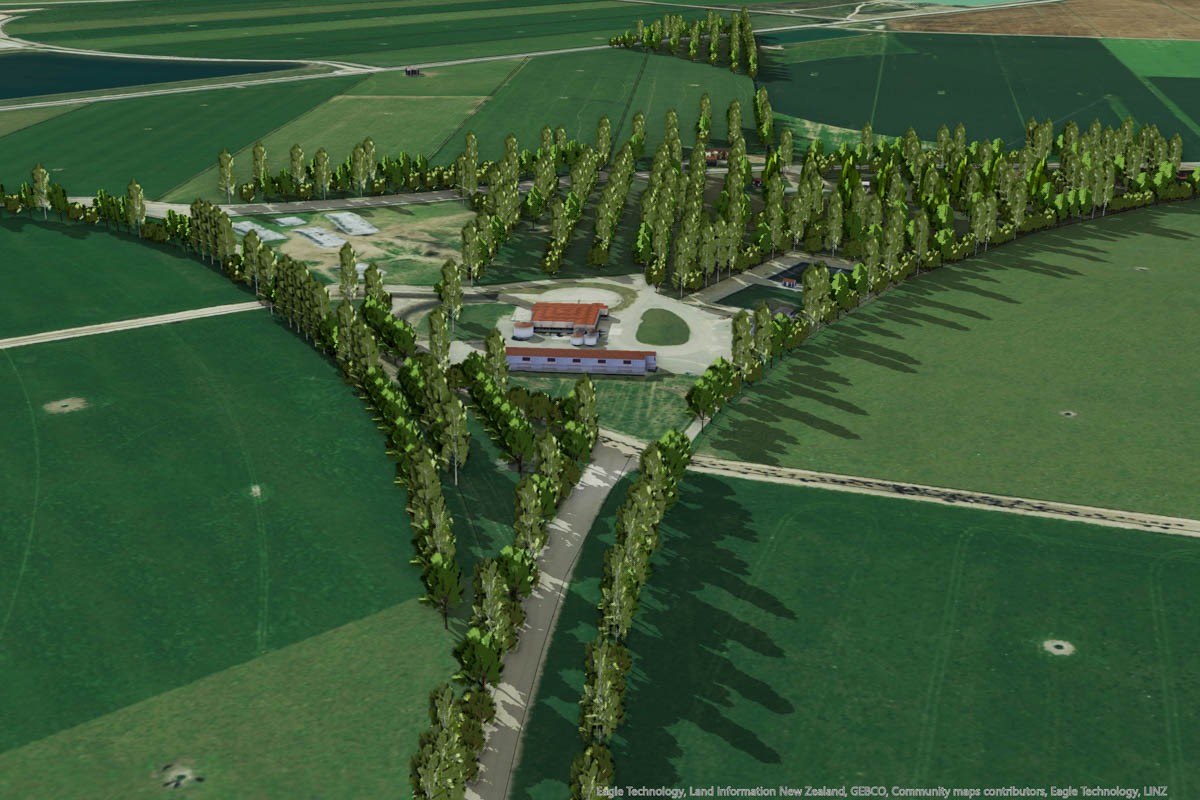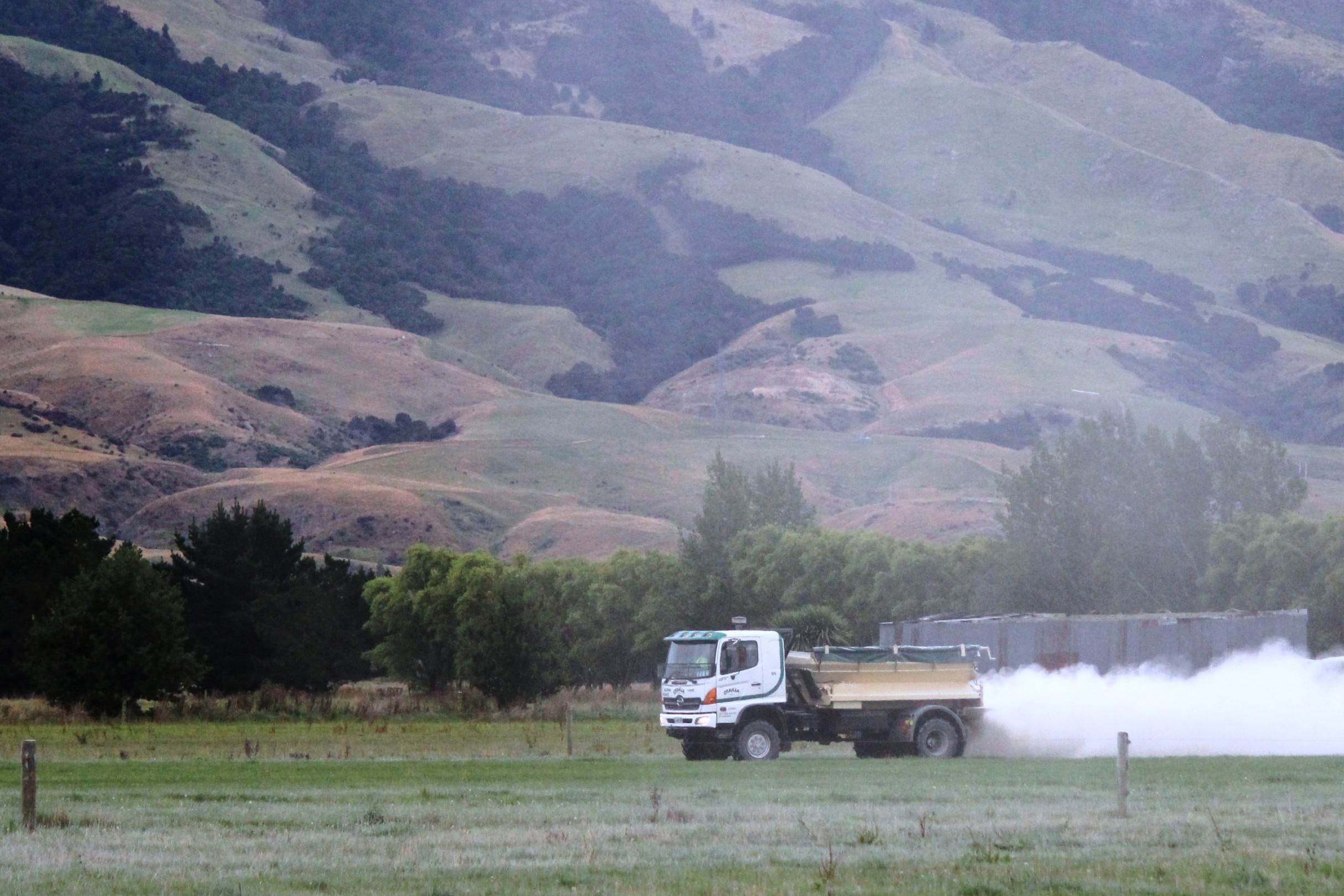By Karen Trebilcock
The wet is the “Achilles heel” of Paul and Dani Hardegger’s 175-hectare effective dairy farm at Isla Bank in Southland.
So much so, three years ago they built a standoff pad for the cows and since then have seen milk production go up, animal health improve and minimal damage to pastures.

“From May until October a tractor doesn’t go on the paddocks,” Paul told farmers at a Southern Dairy Hub event in early July.
Aiming for 305 days in milk for his 550 cows, early calvers are dried off on May 29 with the rest of the herd on June 9 before wintering near Te Anau.
The heifers start calving July 15 with the cows a week later but in May, June and in July and even through to September or October, if the weather is bad, the cows are nowhere near the paddocks.
Instead they’re on the standoff pad.
“When it’s wet here, there is nowhere to hide.”
Built before the first Covid lockdown, they dug down to the clay base “hard as anything”, laser levelled it to get the right fall, and then filled it back up with a metre of wood chips.
A short wall stops the woodchips flowing on to the concrete feed area and in the centre is a concreted lane for silage to be fed out.
The two sides are divided into sections so mobs of springers, colostrum cows and heifers can be kept separate so they can flow into the dairy one after the other.
The cost was close to half a million dollars.
“We looked at putting a roof on just over the concreted area and that was going to cost three quarters of a million so we decided not to.”
A hedge on one side and wind cloth on the others provide shelter.
The wood chip has a network of drains under it and floodwash of green water cleans the concrete feed areas when needed. An ATV fitted with a scraper helps during the half hour job.
“We use greenwater because I was worried we might overflow the effluent tank. If it comes out of there, I know we can put it back in.”
The bark chip is aerated once a week with a tine cultivator with half of the tines removed and every summer the top 20cm is lifted and spread on to paddocks.
“Under that top, the chip is clean so it stays and we just top it back up with new chip each year,” Paul said.
The cows are fed silage made at the farm’s nearby runoff with straw added pre-calving to provide bulk for rumen development.
“There’s very little wastage, not like feeding it in a paddock.
“We put collars on the cows last October so we’re really looking forward to seeing the rumination data this spring. We’ll be watching it to make sure it goes back up after calving.”
Springing heifers on the pad are introduced to the rotary platform and fed grain and teat sprayed.
“It just means they’re more settled after calving. It’s not all new for them.
“We really thought we’d get more mis-mothering on the pad but it has been the opposite. We DNA test and before we used to get about 96% correct-mothered and now it’s at 98%.
“The floodlights go on throughout the night and we’re thinking that helps.”





